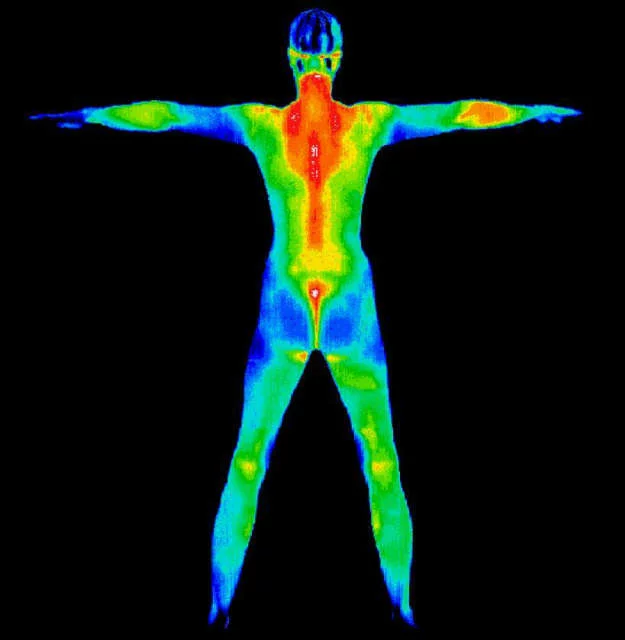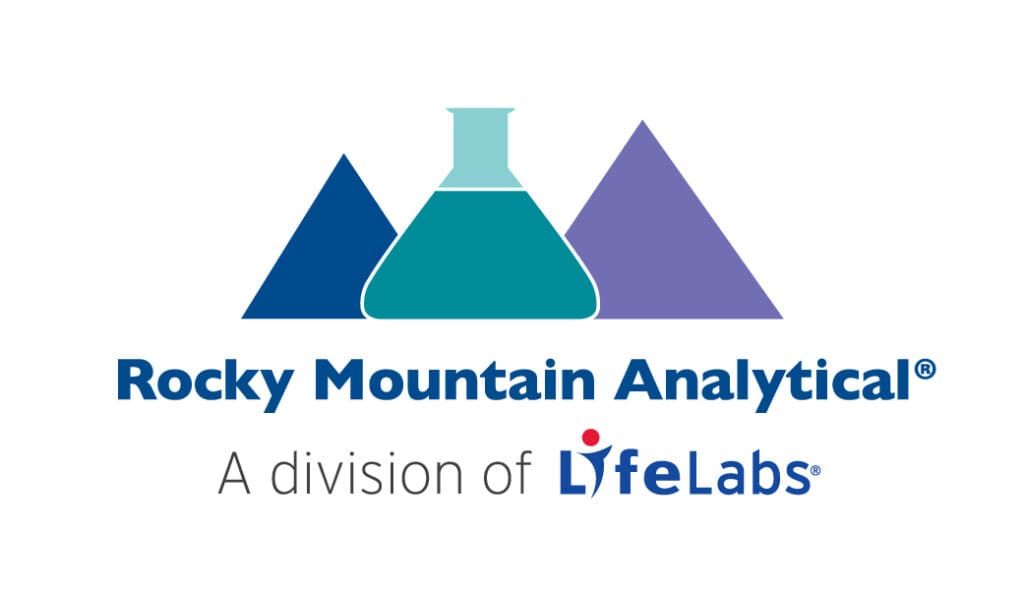Thermography, also known as infrared thermal imaging, is an innovative diagnostic tool making significant strides in the medical field. This non-invasive, radiation-free technology captures the heat patterns emitted by the human body, providing valuable insights into various physiological processes and pathological conditions. [link] [link].
As research continues to uncover potential applications, thermography is emerging as a unique and promising modality in disease detection, monitoring, and treatment planning.
Principles and Advantages of Thermography
Thermography relies on the principle that every object with a temperature above absolute zero emits infrared radiation [link]. This radiation is influenced by factors such as blood flow, metabolic activity, and inflammation in the human body [link]. By detecting and visualizing these thermal patterns, thermography offers a real-time, functional assessment of the body’s physiological state [link].
One of the key advantages of thermography is its non-invasive nature. Unlike many other diagnostic procedures, it does not require physical contact, contrast agents, or ionizing radiation [link]. This makes it a safe and comfortable option for patients, particularly those who may be sensitive to radiation or have difficulty undergoing invasive tests.
Moreover, thermography provides a whole-body assessment, simultaneously evaluating multiple regions and systems [link]. This holistic approach can help identify areas of concern that may be missed by more localized diagnostic methods.
Applications in Various Medical Specialties
Thermography has found applications across a wide range of medical specialties. In sports medicine, it has been used to detect overuse injuries, monitor recovery, and assess the efficacy of treatment interventions [link] [link] [link].
By identifying areas of increased or decreased temperature, thermography can help pinpoint regions of inflammation, muscle strain, or impaired circulation, enabling early intervention and preventing more serious injuries.
In oncology, thermography has shown promise in the early detection of breast cancer [link] [link].
Tumors often exhibit increased metabolic activity and blood flow, resulting in localized areas of higher temperature [link].
By detecting these thermal abnormalities, thermography can complement other screening methods, such as mammography, and aid in identifying suspicious lesions.
Thermography has also been explored in the management of diabetes and its complications. Studies have investigated its potential in detecting diabetic foot ulcers and assessing the risk of amputation [link].
By identifying areas of reduced blood flow or increased inflammation, thermography can help prevent the progression of foot complications and guide timely interventions.
In infectious diseases, thermography has gained attention as a screening tool for fever detection [link] [link].
During outbreaks such as Ebola and COVID-19, thermographic cameras have been deployed in public spaces to identify individuals with elevated body temperatures, aiding in the containment of disease spread.
Advancements and Future Directions
As technology advances, thermography continues to evolve and expand its capabilities.
The integration of artificial intelligence (AI) and machine learning algorithms has opened new avenues for automated image analysis and interpretation.
These computational methods can enhance the accuracy and efficiency of thermographic diagnosis, reducing the reliance on subjective interpretation and increasing the reproducibility of results.
Furthermore, developing portable and affordable thermographic devices has made this technology more accessible and user-friendly.
Smartphone-based thermal imaging attachments and handheld cameras enable point-of-care applications, bringing thermography closer to the patient and facilitating its use in resource-limited settings.
However, challenges remain in standardizing thermographic protocols and establishing robust reference data.
Efforts are underway to develop guidelines and best practices for image acquisition, analysis, and reporting, ensuring the reliability and comparability of thermographic findings across different studies and clinical settings.

Why Should I Attention to Chronic Inflammation?
Inflammation is your body's first line of defence against toxins, infections and injuries. When your cells are in distress, they release chemicals to alert the immune system.
The immune system sends its first responders — inflammatory cells — to trap the offending substance or heal the tissue.
As this complex chain of events unfolds, blood vessels leak fluid into the site of the injury, causing the telltale swelling, redness and pain. These symptoms might be uncomfortable, but they are essential for the healing process.
Here's the problem with inflammation: Over time, you can end up with too much of a good thing. With chronic inflammation, your body is on high alert all the time.
This prolonged state of emergency can cause lasting damage to your heart, brain and other organs.
Conclusion
Thermography offers a unique and valuable contribution to the medical diagnostic arsenal.
Its non-invasive nature, whole-body assessment capabilities, and real-time functional insights make it a promising tool for disease detection, monitoring, and treatment planning.
As research continues to validate its applications and refine its methodologies, thermography can revolutionize how we approach patient care, from sports medicine to oncology and beyond.
By embracing this innovative technology and integrating it with existing diagnostic modalities, healthcare professionals can harness the power of the “BIG picture” to improve patient outcomes and advance the frontiers of medicine.







